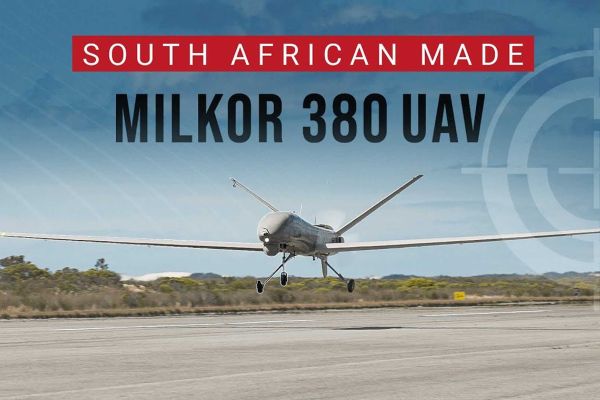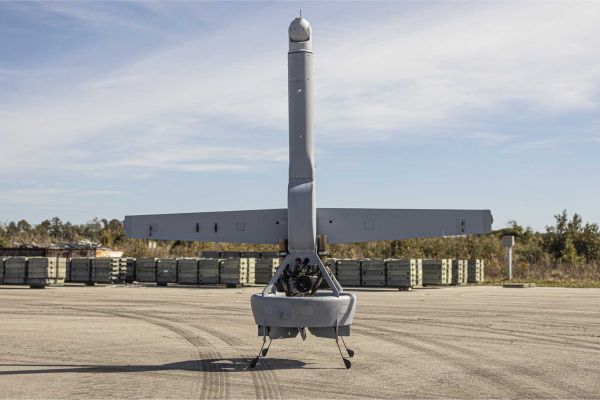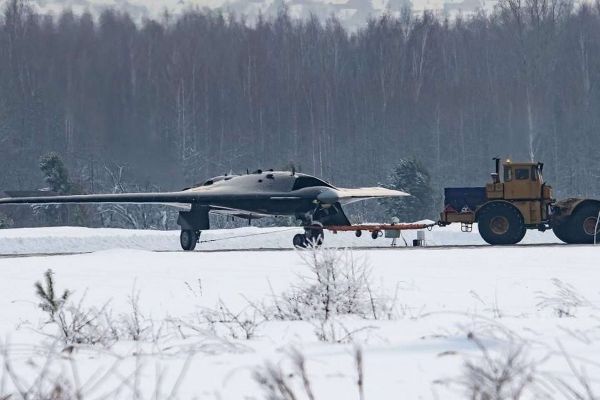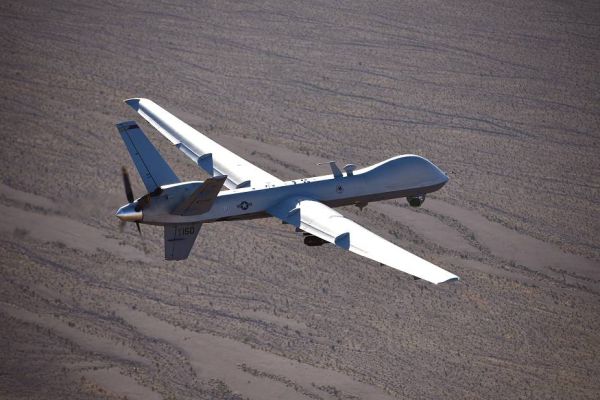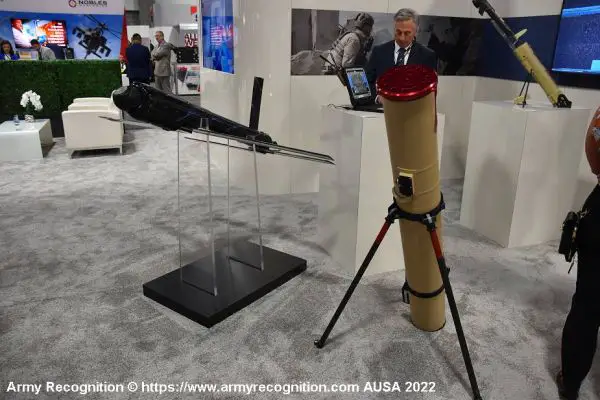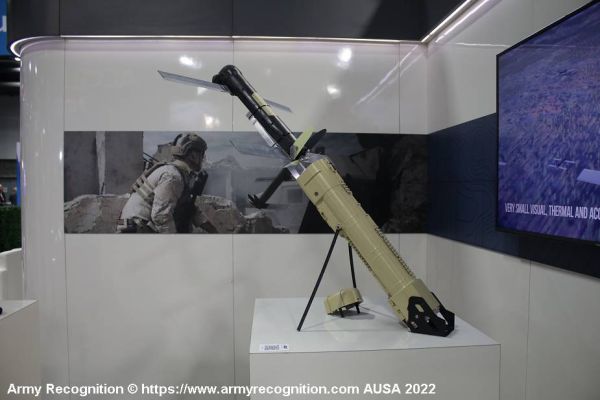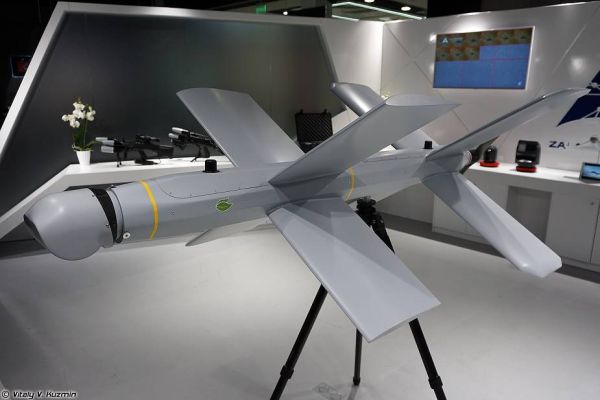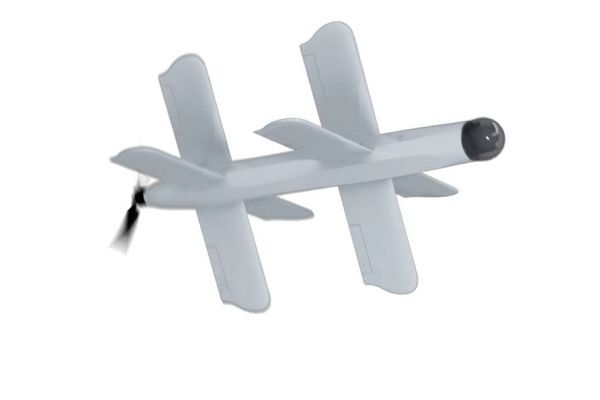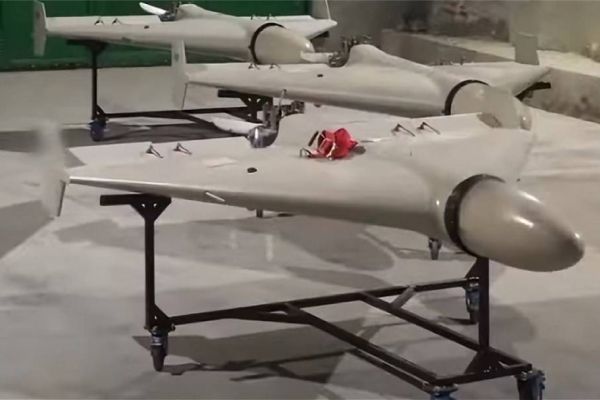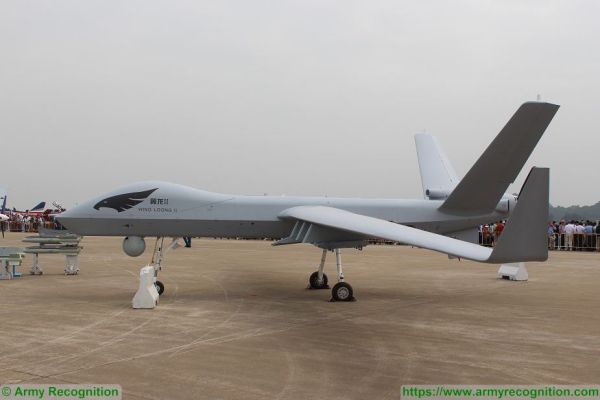Unmanned Aerial Vehicles.
TB2 Bayraktar Drone.

The Bayraktar TB2 is a Turkish-made tactical unmanned aerial vehicle (UAV) designed for intelligence, surveillance, reconnaissance (ISR), and precision strike missions. Developed by Baykar Makina, a Turkish defense company, the Bayraktar TB2 has become a highly regarded platform in modern military operations. It has been deployed in several theaters of conflict, including Syria, Libya, and Nagorno-Karabakh, where it has demonstrated its effectiveness.
Country users: Turkey, Ukraine, Qatar, Azerbaijan, Turkmenistan, Somalia, Libya, Poland, Kosovo, Bosnia and Herzegovina, Ethiopia, Chad, Morocco, Tunisia, Armenia, Kyrgyzstan, Mauritania, Albania, Northern Cyprus, the United Arab Emirates, Saudi Arabia, Croatia, Senegal, Kuwait and others
Description
The Bayraktar TB2 is a Turkish-made tactical Unmanned Aerial Vehicle (UAV) designed for intelligence, surveillance, reconnaissance (ISR), and precision strike missions. Developed by Baykar Makina, a Turkish defense company. It is designed to support military operations by conducting reconnaissance, surveillance, and precision strike missions. The development phase began in the early 2000s, as Turkey sought to enhance its indigenous UAV capabilities. After years of design, testing, and refinement, the Bayraktar TB2 successfully completed its first flight in 2014, entering full production shortly thereafter. By 2015, it officially entered service with the Turkish Armed Forces, becoming an integral part of Turkey’s UAV fleet.
The main operational missions of the Bayraktar TB2 include intelligence gathering, border surveillance, and targeted strikes. The UAV can provide continuous real-time video feeds for intelligence purposes and is capable of engaging enemy targets with precision-guided munitions (PGMs). It has proven invaluable for surveillance of sensitive areas, and its armed variants can carry out precision airstrikes, making it a versatile asset in both offensive and defensive operations. The Bayraktar TB2 has also been widely used for close air support operations, providing timely air-to-ground strike capabilities for military units on the ground. The UAV’s operational flexibility has made it a reliable asset for military forces in conflict zones across the world.
Bayraktar TB2 variants:
Several variants of the Bayraktar TB2 have been produced to meet varying operational needs. The base version is primarily focused on ISR missions. A more advanced version, the Bayraktar TB2 with MAM-L variant, includes enhanced strike capabilities, equipped with precision-guided munitions such as the MAM-L for longer-range and more powerful strikes. Another variant features enhanced communication systems, enabling extended operational ranges, especially in contested environments where secure communication links are essential.
Technical Data
-
Armament
The Bayraktar TB2 can be armed with various precision-guided munitions, allowing it to perform both surveillance and strike operations with a high level of effectiveness. The UAV is primarily armed with the MAM-C and MAM-L munitions, which are part of Turkey’s indigenous Miniature Air-to-Ground Munition (MAM) family. The MAM-C is a smaller, lighter munition that is ideal for engaging soft targets such as vehicles and light infrastructure. It has a range of approximately 8 km and can be equipped with either laser or GPS guidance systems. The more powerful MAM-L variant has a range of up to 14 km and can strike more heavily fortified targets, such as enemy command posts or armored vehicles. The Bayraktar TB2 can carry a payload of up to 150 kg (330 lbs), typically consisting of multiple MAM-L munitions. This gives the UAV substantial strike capability while maintaining its role as a surveillance and reconnaissance platform.
-
Design
The Bayraktar TB2 features a high-wing monoplane design, which provides increased stability and efficiency for extended missions. The drone is equipped with a tailplane, further improving its aerodynamic characteristics. This design also enhances its performance at higher altitudes, where stability can be more difficult to maintain. The UAV’s construction uses composite materials, which helps to reduce its weight and increase fuel efficiency, thereby extending mission endurance. Despite its relatively compact size, the Bayraktar TB2 is equipped to handle long-duration flights, capable of staying airborne for up to 24 hours depending on the mission parameters.
The UAV’s dimensions are optimized for both deployment ease and operational effectiveness. Its wingspan is 12 meters, while its length is 6.5 meters, and its height is 2.2 meters. This size strikes a balance between performance and portability. The low radar cross-section of the Bayraktar TB2 helps it remain less detectable by enemy radar systems, providing some level of operational stealth, which is particularly beneficial in contested environments.
-
Mobility
The Bayraktar TB2 is powered by a Rotax 912 ULS engine, a four-cylinder, air-cooled engine known for its reliability and efficiency in small aircraft. Delivering 100 horsepower, the engine provides sufficient power for both endurance and speed. The UAV achieves a maximum speed of 130 km/h (80 mph), with a cruising speed of around 100 km/h (62 mph), offering a good balance between speed and fuel efficiency for extended missions. The engine allows the Bayraktar TB2 to operate at altitudes up to 27,000 feet (8,230 meters), which is ideal for both reconnaissance and surveillance in high-altitude environments. With a lightweight design and efficient powertrain, the Bayraktar TB2 is capable of staying aloft for up to 24 hours, making it suitable for long-duration missions where endurance is critical.
-
Command and Control Systems
The Bayraktar TB2 operates through an advanced command and control (C2) system, which enables both autonomous and remote operation. The UAV is typically controlled from a ground control station (GCS), where operators manage its flight path, mission parameters, and sensor payloads. The C2 system allows the UAV to perform waypoint navigation, following pre-programmed flight paths autonomously, or be piloted remotely via real-time data links.
The UAV’s communications system includes satellite communications (SATCOM), which extend its operational range beyond line-of-sight (BLOS). This enables the Bayraktar TB2 to conduct operations over long distances or in contested environments, where direct line-of-sight communication may be disrupted. The system also incorporates encrypted communication links, ensuring the integrity of data transmitted between the UAV and its operators. This secure data transmission system allows the Bayraktar TB2 to provide real-time video, telemetry, and mission data, ensuring effective mission execution even in high-risk environments. The data link system further enhances the UAV’s ability to support ground forces in dynamic combat scenarios.
-
Combat Equipment
The Bayraktar TB2 is equipped with a suite of combat equipment designed to enhance its ISR (Intelligence, Surveillance, Reconnaissance) and strike capabilities. It is fitted with electro-optical (EO) and infrared (IR) sensors, which provide real-time, high-definition video feeds, both day and night. These sensors enable the UAV to operate in low-visibility conditions, such as during nighttime operations or in adverse weather. The EO and IR sensors are integrated into the UAV’s electro-optical/infrared turret, which is capable of both target detection and target tracking.
In addition to these sensors, the Bayraktar TB2 is equipped with synthetic aperture radar (SAR), which provides all-weather surveillance capabilities. SAR is particularly useful for detecting ground targets through cloud cover, fog, or other challenging environmental conditions. The combination of EO/IR sensors and SAR gives the Bayraktar TB2 the versatility to operate in a variety of operational theaters, from clear skies to inclement weather. These systems allow the UAV to provide a comprehensive intelligence picture in real-time, crucial for making tactical decisions on the battlefield.
Specifications
-
Type
Tactical UAV Unmanned Aerial Vehicle
-
Country users
Turkey, Ukraine, Qatar, Azerbaijan, Turkmenistan, Somalia, Libya, Poland, Kosovo, Bosnia and Herzegovina, Ethiopia, Chad, Morocco, Tunisia, Armenia, Kyrgyzstan, Mauritania, Albania, Northern Cyprus, the United Arab Emirates, Saudi Arabia, Croatia, Senegal, Kuwait and others
-
Designer Country
Türkiye
-
Armament
Miniature Air-to-Ground Munition MAM-C, MAM-L, Smart Micro Munition (SMM)
-
Payload
Maximum payload capacity of 150 kg
-
Altitude
Maximum operational altitude of 8,230 m (27,000 feet)
-
Weight
Maximum takeoff weight (MTOW) of approximately 650 kilograms (1,433 lbs).
-
Speed
Maximum speed of 130 km/h (80 mph), cruising speed of 100 km/h (62 mph)
-
Range
Line-of-sight range of up to 150 km, beyond line-of-sight (BLOS) with satellite communication
-
Dimensions
Length: 6.5 m; Height: 2.2 m; Wingspan: 12.0 m






































